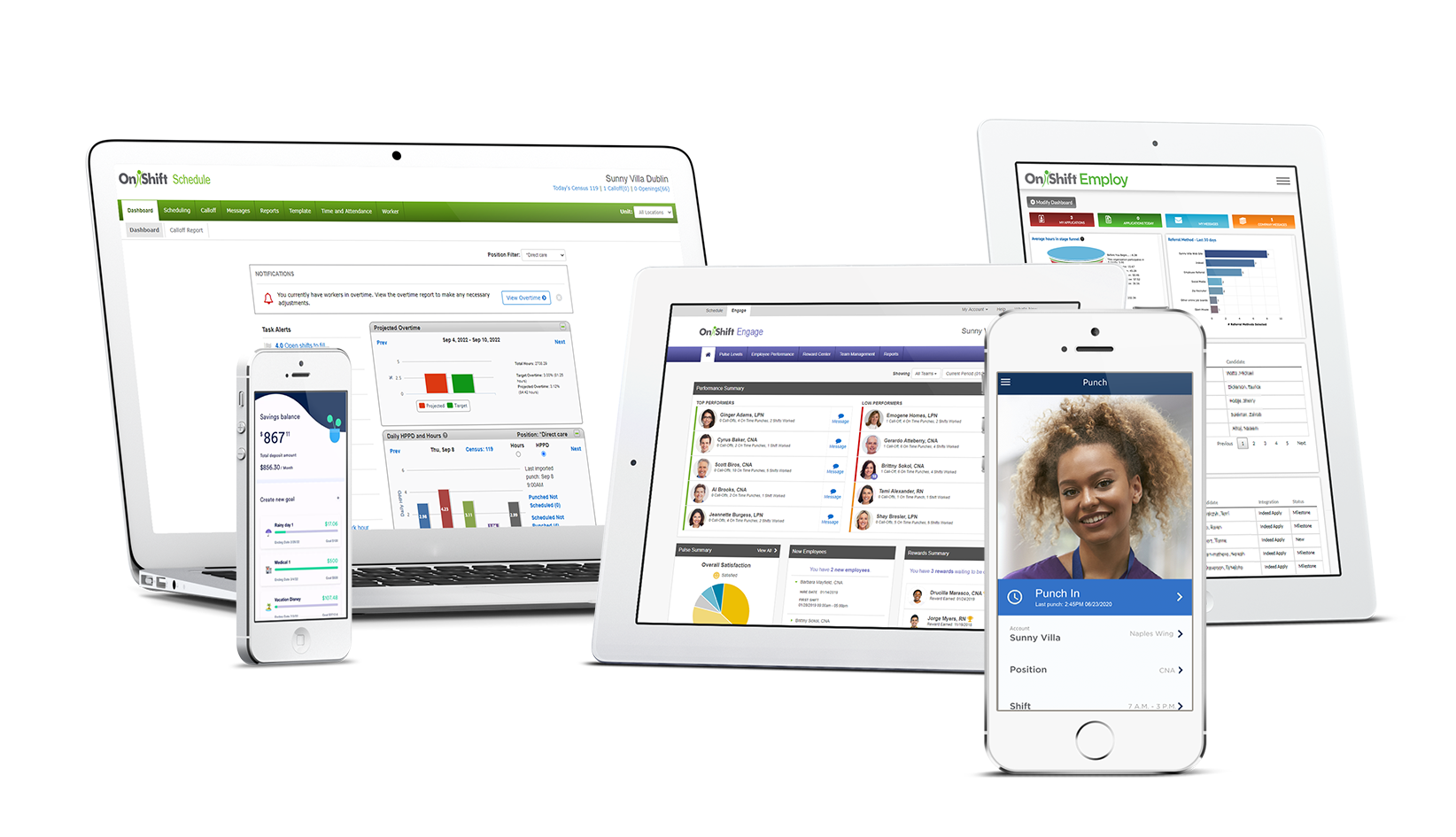September 1, 2016 | Mike Pumphrey
September 1, 2016 | Mike Pumphrey
 Scheduling in the senior care space can be a complicated task. Between filling vacant shifts, monitoring overtime and managing labor costs, things can quickly get off track. This can affect not only your employees and your business, but also your residents. But creating and managing your schedule doesn’t have to be so arduous. Here are three easy steps you can take to revamp your scheduling processes and instantly become more efficient.
Scheduling in the senior care space can be a complicated task. Between filling vacant shifts, monitoring overtime and managing labor costs, things can quickly get off track. This can affect not only your employees and your business, but also your residents. But creating and managing your schedule doesn’t have to be so arduous. Here are three easy steps you can take to revamp your scheduling processes and instantly become more efficient.
Most employees these days, regardless of age or function, are attached to their phones. They want to stay connected while on the go. If there’s a change in their shift, or a vacancy they can fill, they’ll want to see it on their phone—in fact, they expect it.
What’s more, creating schedules manually has the potential to create a slew of problems. Historically, written or emailed requests for time off have been misplaced, and keeping employees updated on the status of their requests might be a task that gets lost in the shuffle.
Here, technology stands as a problem-solver to be more efficient, proactively manage overtime and provide visibility into staffing data. More specifically, mobile scheduling allows for quick and easy communication, the ability to make decisions from anywhere at any time and access data wherever you might be.
To keep all scheduling information centrally located and accessible for employees, technology goes a long way.
Hearing complaints among your staff about less than ideal shifts or insufficient hours is any scheduler’s nightmare.
Keeping all workers content and engaged on the job and maintaining quality care are likely among the top goals of any senior care organization, and grumblings from employees are likely to influence the level of care administered. Dissatisfaction also could lead to workers calling off shifts or not showing up without warning, throwing off the day’s schedule.
To combat a ripple effect stemming from such scheduling troubles, get staff involved in crafting their own hours. It’s a surefire means of boosting morale, and will save you a few headaches down the road.
Of course, that’s not to say you should give workers complete control over when they work. But allowing them to have a say in their hours shows that you value their work-life balance. Even better, when employees partake in selecting their shifts, they’re more likely to show up for work—a win for companies and workers alike. Incorporating flexible staff scheduling software can help you manage your scheduling workflow and determine best-fit schedules.
Driving efficiencies when it comes to scheduling would be impossible without data to direct you. You’d be hard-pressed to create a schedule that keeps overtime in check, considers your community’s census and takes labor costs into account without figures that portray these issues.
That’s why it’s so important to monitor such data in real time to manage staffing. When the population of your senior care center fluctuates, you’ll be able to adjust your schedule accordingly. If you see overtime becoming an issue, you can quickly make a change. If employees are punching in ahead of a scheduled shift or punching out after the end of it, you’ll be able to see and investigate this and determine if corrective action needs to take place.
Senior care scheduling doesn’t have to bring added stress. Instead, it can allow you to keep your finger on the pulse of different factors influencing your business. As you make changes to increase efficiencies in your scheduling, you’ll see significant positive trends, both financially and in relation to your work environment.
Subscribe to the OnShift Blog
Recent Posts
Categories
About Mike Pumphrey
Mike Pumphrey is Vice President of Product Marketing at OnShift. His expertise in staffing and labor management strategies in long-term care and senior living is foundational to his role leading OnShift’s Product Marketing team. Mike works hand-in-hand with state and national associations, senior care providers, and with OnShift’s Customer Success and Product teams to create impactful best practices aimed to help solve the daily workforce challenges in senior care. Mike shares insights, research and recommendations to improve clinical, operational, and financial outcomes through regular blog posts and conference speaking engagements.
See for yourself why thousands of providers rely on OnShift’s innovative software for recruitment, hiring, workforce management, pay and engagement. Request your personalized demo today.
